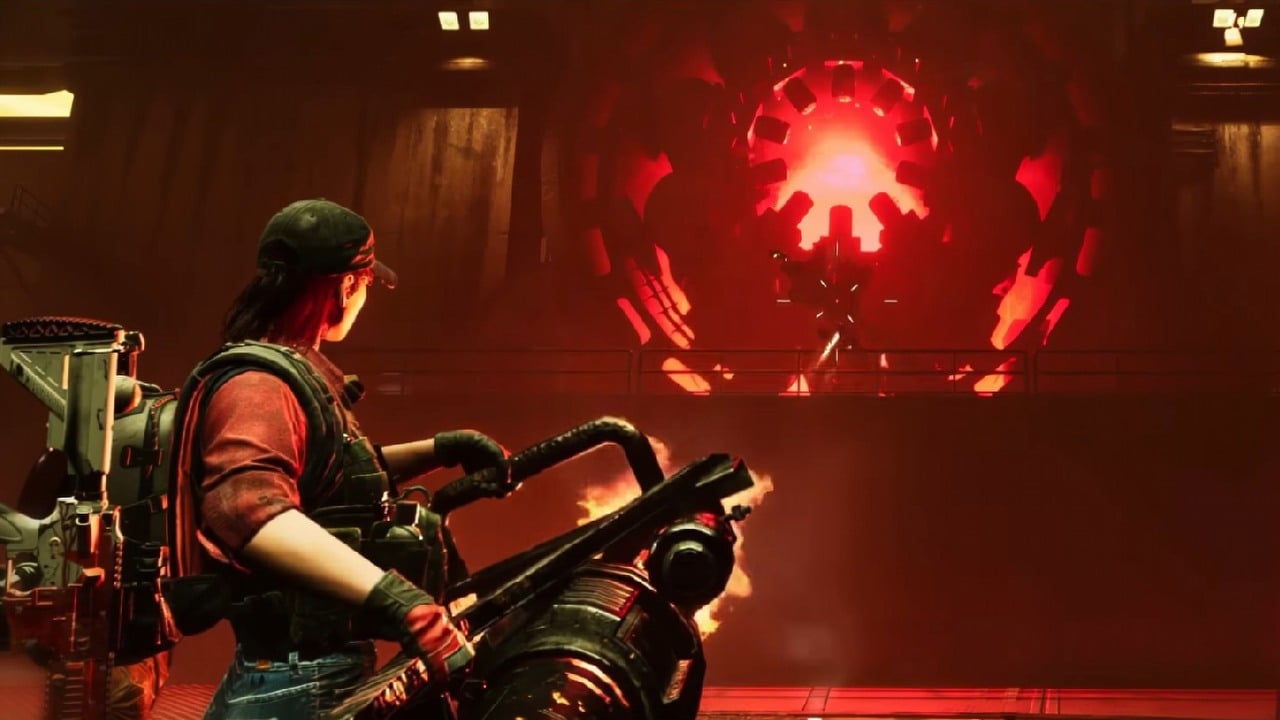Once Human - How to Fix Crashes, Black Screen and Other Issues
Running into crashes, launch issues, or black screens while trying to play Once Human? Our guide offers a simple solution to fix these common problems and get you back to the game.

There's nothing worse than waiting months for a new game to finally drop, only to have your enjoyment interrupted by crashes. Once Human is no exception, and those sudden disconnects can be incredibly frustrating. Our guide will help you put a stop to Once Human crashes on PC, ensuring a smooth and immersive experience.
How to Deal with Once Human Crash
If you have experienced a crash or black screen while playing or trying to launch Once Human, here’s what may fix it.
- Update Your Graphics Drivers
- Verify Game Files
- Adjust DirectX Version
- Turn off Overlays
- Problems With Intel 13th and 14th gen CPU
Update Your Graphics Drivers
Outdated drivers can lead to crashes. Make sure your graphics card has the latest software.
Verify Game Files
Corrupted or missing game files can cause problems. Here’s how you can verify them:
- Right-click on Once Human in your Steam Library and select Properties.
- Go to Installed Files tab and click on Verify integrity of game files.
- Wait for the process to complete and try launching the game.
Adjust DirectX Version
In some cases, forcing the game to use a specific version of DirectX can help. Here’s how to try it:
- Right-click Once Human in your Steam Library and select Properties.
- In the General tab, under the Launch Options type “-dx11” or “-dx12” (without quotes) and launch the game. Try both to see if one works better.
Turn off Overlays
Having in-game overlays like Discord or Steam Overlay running can sometimes cause crashes in Once Human. Try disabling these to see if it resolves the issue.
Problems With Intel 13th and 14th gen CPU
There are reports of crashing and error issues on PCs with 13th or 14th gen Intel CPUs. This seems to be due to a compatibility issue causing problems with shaders. Here's what you need to know:
- Power Surge: Your motherboard might be giving the CPU more power than it needs, leading to instability.
- Auto-Overclocking: Some motherboards might automatically overclock these CPUs, pushing them beyond their comfort zone.
The first thing you can do is to update your motherboard's BIOS. These updates often contain fixes for compatibility issues.
If a BIOS update doesn't help, experienced users can try manually reducing the CPU's voltage. This is a delicate process, so proceed with caution and only if you understand the risks. Undervolting is for advanced users only. It can improve stability but also has the potential to cause other issues if not done correctly.
0

Author: Olga Racinowska
Been with gamepressure.com since 2019, mostly writing game guides but you can also find me geeking out about LEGO (huge collection, btw). Love RPGs and classic RTSs, also adore quirky indie games. Even with a ton of games, sometimes I just gotta fire up Harvest Moon, Stardew Valley, KOTOR, or Baldur's Gate 2 (Shadows of Amn, the OG, not that Throne of Bhaal stuff). When I'm not gaming, I'm probably painting miniatures or admiring my collection of retro consoles.
Latest News
- End of remote work and 60 hours a week. Demo of Naughty Dog's new game was born amid a crunch atmosphere
- She's the new Lara Croft, but she still lives in fear. Trauma after Perfect Dark changed the actress' approach to the industry
- „A lot has become lost in translation.” Swen Vincke suggests that the scandal surrounding Divinity is a big misunderstanding
- Stuck in development limbo for years, ARK 2 is now planned for 2028
- Few people know about it, but it's an RPG mixing Dark Souls and NieR that has received excellent reviews on Steam, and its first DLC will be released soon


